Gas delivery and gas management is inefficient and in need of some innovation. Looking at the landscape of gas delivery and gas management optimization, there’s very little invested or innovated in the actual deliverance of gas from supply tank through the control device and out the welding nozzle.
What do you use for gas delivery? Likely it’s one of three things:
- Flow Meters/Gauges
- Pre-set Orifices
- Gas Control Hoses
Question: What do all of these gas delivery solutions have in common?
Answer: Manual interaction and human touch.
There is little exacting when it comes to gas control and gas delivery. As such, the delivery of gas is an equally inexact science. Simply turning the valve on a gas tank and expecting gas to regulate itself with a slow acting magnetic valve doesn’t account for how gas is delivered with the changes in the weld current.
Flow Meters and Shielding Gas
Weld current changes all the time because it’s difficult to maintain an amperage throughout a weld cycle. The variances aren’t always extreme, but the gas never adjusts to those changes in amperage. So, if you’re delivering 50 cubic feet of gas per hour (cfh) while welding at 300 amps, but experience a 10% reduction in current for a time, your flow meter isn’t suddenly going to deliver 45 cfh of gas to account for that dip. As a result, you waste gas and jeopardize your weld quality.
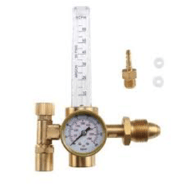
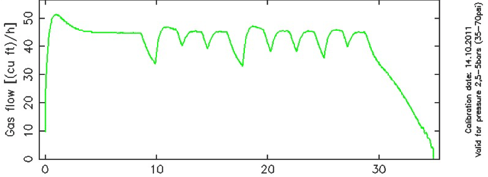
Why does this matter? Amperage equals energy. The more energy you use, the more gas you’ll need to get proper coverage. Higher amperages create wider weld beads and use a wider gas nozzle, deeper tip recess, and a longer gas nozzle to work distance. This creates a requirement for higher gas flow.
The less energy used, the less gas is needed, and too much gas can cause porosity. You want the correct gas flow for the amperage to ensure not only that you’re not using more or less gas than need be, but also so you’re getting the best weld quality possible.
Inert Gas Savers and Shielding Gas
Value add items to your gas delivery like orifices or “inert gas savers” help to control the delivery of gas at the outset of a weld. These devices eliminate the surge of gas at the start – which is normally where the most gas waste occurs. However, the downside of these devices are they don’t get you the coverage you need at the arc start because they are screening gas more than controlling it, and the response time to get the flow you need takes a second or two, which again can lead to weld quality issues.
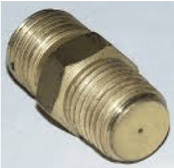
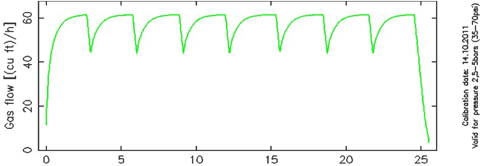
Orifice Hoses and Shielding Gas
There’s also orifice hoses, which help to achieve a fixed flow at either end of the hose. Just set one end with greater flow to remove the “low flow” problem at the start of the weld and use the other orifice end to maintain the pre-set flow rate throughout the weld.
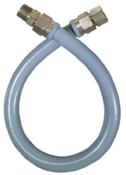
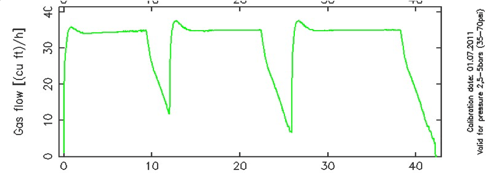
Electronic Welding Regulators and Shielding Gas
Electronic Welding Regulators address not only the arc start gas waste but also the relation of gas flow to weld current while taking the manual guesswork out of gas delivery. All of the hose and orifice and flow meter methods still require taking manually adjusting a valve to set the gas – and then forget it. Where’s the accountability in that for gas management?
Today’s Gas Management demands an accountable solution that not only delivers gas but also helps manufacturers to manage that cost driver. Manage it with data, manage it with savings, and manage it without having to be ever-present to adjust it.
Shielding Gas and Industry 4.0
Gas Management for Industry 4.0 has lagged significantly. But now, with the introduction of a genuine network-compatible Gas Management System – the EWR 2 – gas use can be both delivered and managed in a single solution turnkey package.
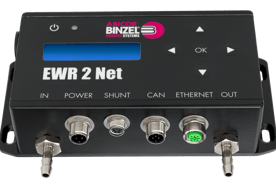
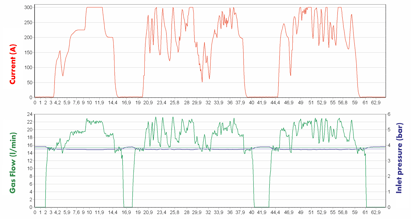
How does that happen? How does a welding regulator – something that has been practically immune to genuine technology advancement since it’s inception and adoption, all of a sudden become a piece of equipment that works for Industry 4.0?
The answer lies in the software interface. Like any device – your phone, your car, or your home speaker system, software connection is buildable within an existing electronic product with proper design. So, an existing electronic welding regulator, which already relies on electricity to function, is perfectly suited to become software compatible with design adjustments.
As such, electronic welding regulators now feature a single Ethernet interface into the hardware that allows the device to connect to a local area network (or LAN) and be controlled remotely from a desktop computer without having to be present next to the device.
What’s more is that the software can now allow to data logging of gas use in relation to the weld cell performance so the true cost of gas can objectively be acquired, monitored, and optimized over time. One can also easily connect multiple electronic welding regulators to a single software package and see their aggregate data.
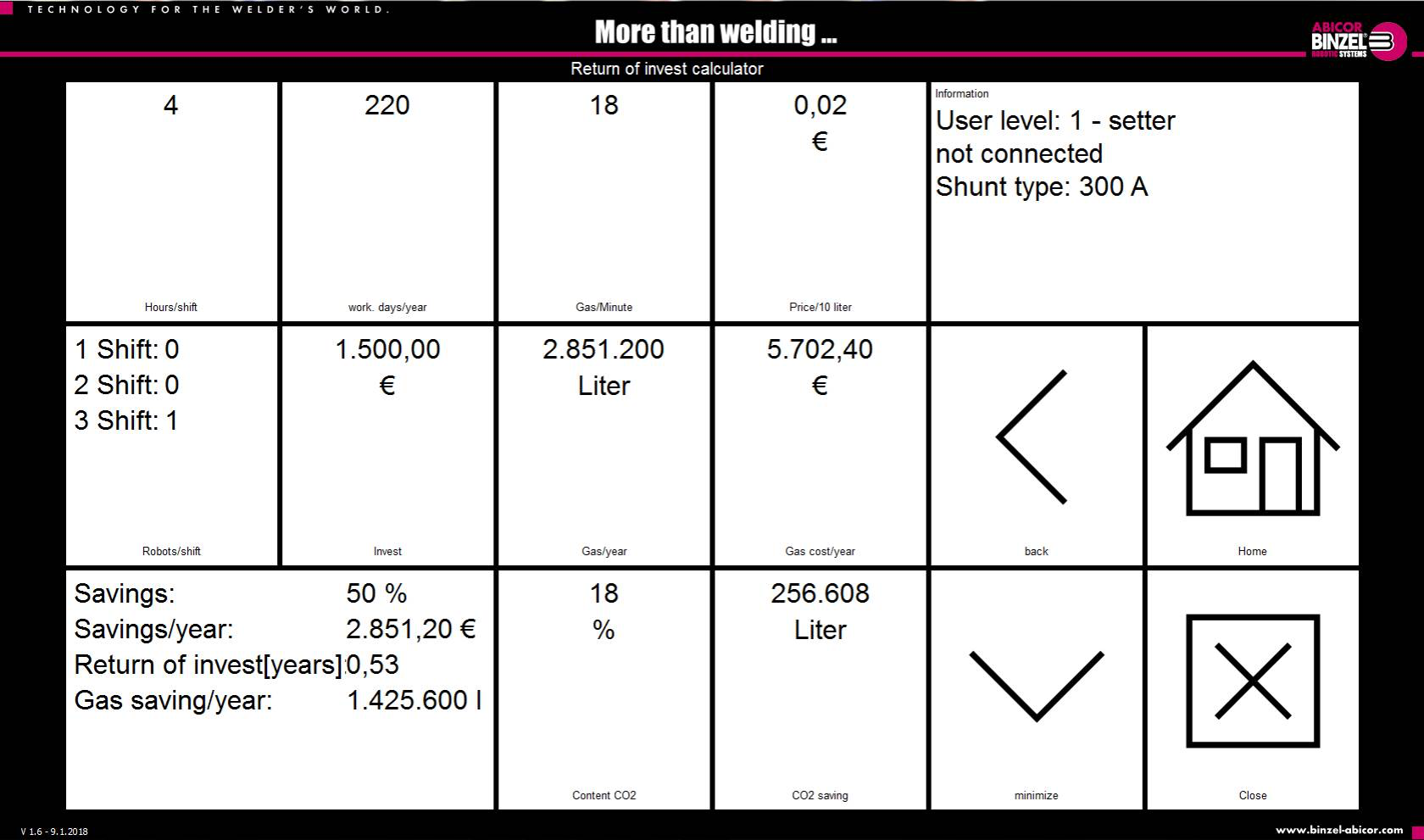
Adjustments to devices can be made from your computer program as well. If you need to adjust flow rates, or even want to change the program to account for a new gas tank using a different mix, that is all possible without having to leave your office. A true gas management system allows for connectivity to reliably and accurately adjust gas use in conjunction with your fabricating needs. What’s more is that this electronic regulator already utilizes quick frequency solenoids to optimize gas delivery in the first place. The consumer will now know exactly what is being used, when, and how. And, if using bulk storage systems, can compare usage on their welds to bulk usage overall – which can help detect leaks or waste in the bulk storage system.
With everything in business moving to Industry 4.0 – and some even 5.0 – gas management is not far behind. The introduction of network-compatibility to a gas delivery system is simply another necessary innovation to making welding and fabrication a more accountable, efficient, and more optimal process.

